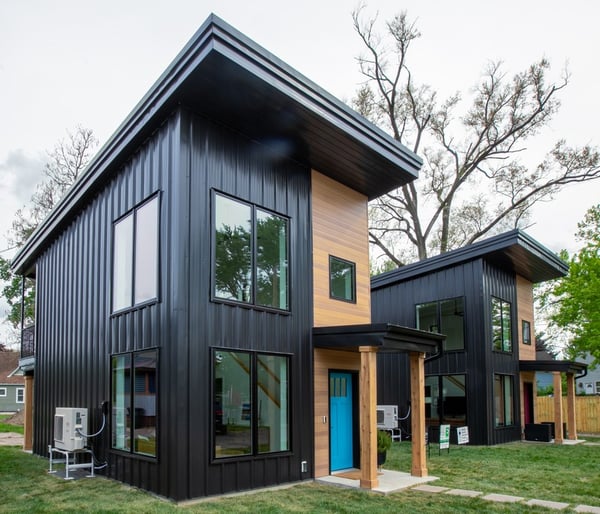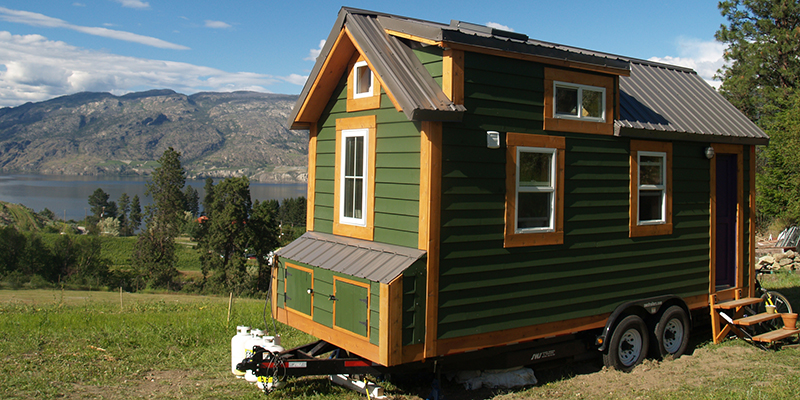
Welcome to 'Unleash Your Inner Green Thumb: The Comprehensive Guide to Planting a Tree at Home.' This expertly crafted article aims to provide you with the essential knowledge and detailed steps required to successfully plant and care for a tree in your own backyard.
From selecting the perfect tree species to finding the ideal location and mastering the art of proper tree care, this guide will empower you to embark on your own journey of creating a flourishing green oasis.
Get ready to embrace the freedom of nurturing nature at home.
Selecting the Perfect Tree Species
When selecting a tree species for your home, it is essential to carefully consider both the environmental conditions and aesthetic preferences that will best suit your landscape. Tree maintenance plays a crucial role in ensuring the health and longevity of your tree, so choosing a species that is well-suited to your climate and soil conditions is vital.
Additionally, understanding proper tree pruning techniques is essential for maintaining the desired shape and size of your tree, as well as promoting healthy growth. Regular pruning helps remove dead or damaged branches, improves air circulation, and encourages the development of strong branch structure.
It is important to note that different tree species have varying pruning requirements, so it is crucial to research and consult with arborists or horticulturists to ensure you are using the correct techniques for your selected tree species.
Finding the Ideal Location
First, identify the perfect location for planting your tree by considering factors such as sunlight, soil type, and available space. Choosing the right soil is crucial for the healthy growth of your tree. Ensure that the soil is well-draining and rich in nutrients. Conduct a soil test to determine its pH level and make any necessary amendments to create optimal conditions for your tree.

Additionally, consider the amount of sunlight the location receives. Most trees require full sun, which is at least six hours of direct sunlight daily.
Lastly, consider the available space. Make sure the location provides enough room for the tree to grow and expand its root system. Protect your tree from pests and diseases by keeping the area clean and removing any debris that may attract pests. Regularly inspect the tree for signs of infestation or disease and take appropriate measures to address them promptly.
Digging the Perfect Hole
To ensure the successful establishment of your tree, it is crucial to dig the perfect hole that accommodates its size and promotes healthy root growth.
When it comes to backyard landscaping, proper hole preparation is essential for the long-term health and vitality of your tree.
Before you start digging, gather the necessary tools and equipment, including a shovel, tape measure, and wheelbarrow.
The size of the hole should be two to three times wider than the tree's root ball, allowing room for the roots to spread out. The depth should be equal to or slightly shallower than the root ball.
Avoid creating a hole that is too deep, as this can lead to water accumulation and poor drainage.

Once the hole is ready, gently place the tree into the hole and backfill with soil, ensuring that the root collar is level with the ground.
Properly digging the perfect hole sets the foundation for a healthy and thriving tree in your backyard landscape.
Planting Your Tree With Care
With careful consideration and attention to detail, the process of planting a tree can be executed flawlessly. To ensure the success of your tree planting endeavor, it is important to employ proper tree planting techniques and use the right tree planting equipment.
Firstly, consider the location where you will be planting the tree. Look for an area with adequate sunlight, proper drainage, and enough space for the tree to grow without interference from buildings or other plants.
Next, prepare the soil by removing any weeds or grass and loosening it with a garden fork. This will promote healthy root growth.
When it comes to tree planting equipment, you will need a shovel or spade to dig the hole, a wheelbarrow or bucket for transporting soil, and a hose or watering can for providing water to the newly planted tree.
Essential Steps for Tree Care
After planting your tree with care, it is crucial to follow essential steps for tree care to ensure its long-term health and growth.

Proper watering techniques are essential for the survival of your tree. Newly planted trees require frequent watering, especially during the first few years. It is important to water deeply and thoroughly, making sure the water reaches the roots. Avoid overwatering, as it can lead to root rot.
Additionally, pruning is necessary to maintain the shape and health of your tree. Regular pruning helps remove dead or diseased branches, improves airflow, and stimulates growth. It is important to use proper pruning methods to avoid damaging the tree. Always prune during the dormant season to minimize stress on the tree.
Following these essential steps will help your tree thrive and flourish in your home garden.
Frequently Asked Questions
How Can I Ensure That the Tree I Select Will Thrive in My Specific Climate and Soil Conditions?
Choosing the right tree for your climate and soil conditions is crucial for ensuring its survival and growth. Consider factors such as temperature range, precipitation levels, soil type, and pH balance to select a tree that will thrive in your specific environment.
Are There Any Specific Tree Species That Are Better Suited for Urban Environments or Small Yards?
When selecting trees for urban environments or small yards, it is important to consider species that are well-suited to these conditions. Some of the best tree species for urban environments include ornamental trees, dwarf varieties, and those with compact growth habits. Additionally, planting trees in small yards requires careful consideration of the tree's eventual size and root system to prevent overcrowding and damage to structures.
Should I Consider Any Potential Future Growth of the Tree When Selecting the Location for Planting?
When selecting a location for planting a tree, it is important to consider the potential future growth of the tree. Factors such as soil and climate conditions should also be taken into account to ensure optimal growth and health of the tree.
What Are Some Signs That Indicate the Tree May Need Additional Watering or Nutrients After Planting?
Signs of tree stress may include wilting leaves, browning or yellowing foliage, stunted growth, and premature leaf drop. Mulching can help retain moisture and provide essential nutrients, promoting healthy tree growth.

Are There Any Specific Pruning Techniques I Should Follow to Promote Healthy Growth and Maintain the Tree's Shape?
To promote healthy growth and maintain the shape of a tree, specific pruning techniques can be followed. These techniques involve removing dead or damaged branches, thinning overcrowded areas, and shaping the tree to enhance its aesthetic appeal.
 Family Craft ProjectsHome ImprovementCooking and BakingReuse and RecycleDIY GiftsEco-Friendly ProjectsDIY Home SolutionsSeasonal ActivitiesFun and GamesLearn TogetherPrivacy PolicyTerms And Conditions
Family Craft ProjectsHome ImprovementCooking and BakingReuse and RecycleDIY GiftsEco-Friendly ProjectsDIY Home SolutionsSeasonal ActivitiesFun and GamesLearn TogetherPrivacy PolicyTerms And Conditions
